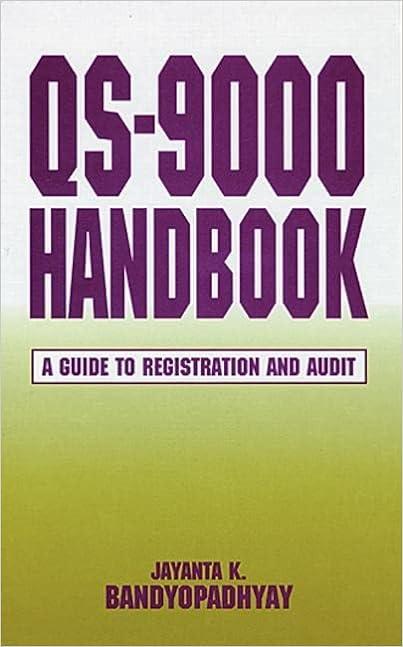Question
11. Which of the following causes a temporary difference between taxable and pretax accounting income? A. Investment expenses incurred to generate tax-exempt income. B. MACRS
| 11. | Which of the following causes a temporary difference between taxable and pretax accounting income?
|
| 12. | For its first year of operations, Tringali Corporation's reconciliation of pretax accounting income to taxable income is as follows:
Tringali's tax rate is 40%. Assume that no estimated taxes have been paid. What should Tringali report as income tax payable for its first year of operations?
|
| 13. | Isaac Inc. began operations in January 2016. For certain of its property sales, Isaac recognizes income in the period of sale for financial reporting purposes. However, for income tax purposes, Isaac recognizes income when it collects cash from the buyer's installment payments. In 2016, Isaac had $600 million in sales of this type. Scheduled collections for these sales are as follows:
Assume that Isaac has a 30% income tax rate and that there were no other differences in income for financial statement and tax purposes. Ignoring operating expenses and additional sales in 2017, what deferred tax liability would Isaac report in its year-end 2017 balance sheet?
|
| 14. | The projected benefit obligation may be less reliable than the accumulated benefit obligation. True False
| ||||||||
| 15. | Which of the following is not a characteristic of a qualified pension plan?
|
| 16. | The accounting for defined contribution pension plans is easy because each year:
|
| 17. | To help assess the uncertainties that surround a defined benefit pension plan, corporations frequently hire a(n):
|
| 18. | Compared to the ABO, the PBO usually is:
|
| 19. | Compared to the ABO, the PBO usually is:
|
| 20. | Two of the three primary account classifications within shareholders' equity are:
|
| 21. | The preemptive right refers to the shareholder's right to:
|
| 22. | The par value of common stock represents:
|
| 23. | Lance Chips granted restricted stock units (RSUs) representing 40 million of its $1 par common shares to executives, subject to forfeiture if employment is terminated within four years. After the recipients of the RSUs satisfy the vesting requirement, the company will distribute the shares. The common shares had a market price of $5 per share on the grant date. The total compensation cost pertaining to the restricted stock units is:
| ||||||||||
| 24. | On January 1, 2016, M Company granted 90,000 stock options to certain executives. The options are exercisable no sooner than December 31, 2018, and expire on January 1, 2022. Each option can be exercised to acquire one share of $1 par common stock for $12. An option-pricing model estimates the fair value of the options to be $5 on the date of grant. What amount should M recognize as compensation expense for 2016?
|
| 25. | If the direct method is used to report cash flows from operating activities in the body of the statement of cash flows, a reconciliation of net income to net cash flows from operating activities also is required. True False |
Step by Step Solution
There are 3 Steps involved in it
Step: 1

Get Instant Access to Expert-Tailored Solutions
See step-by-step solutions with expert insights and AI powered tools for academic success
Step: 2

Step: 3

Ace Your Homework with AI
Get the answers you need in no time with our AI-driven, step-by-step assistance
Get Started


